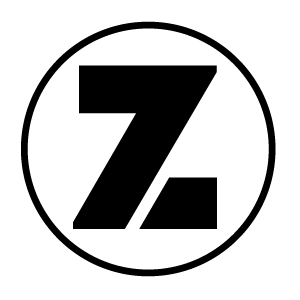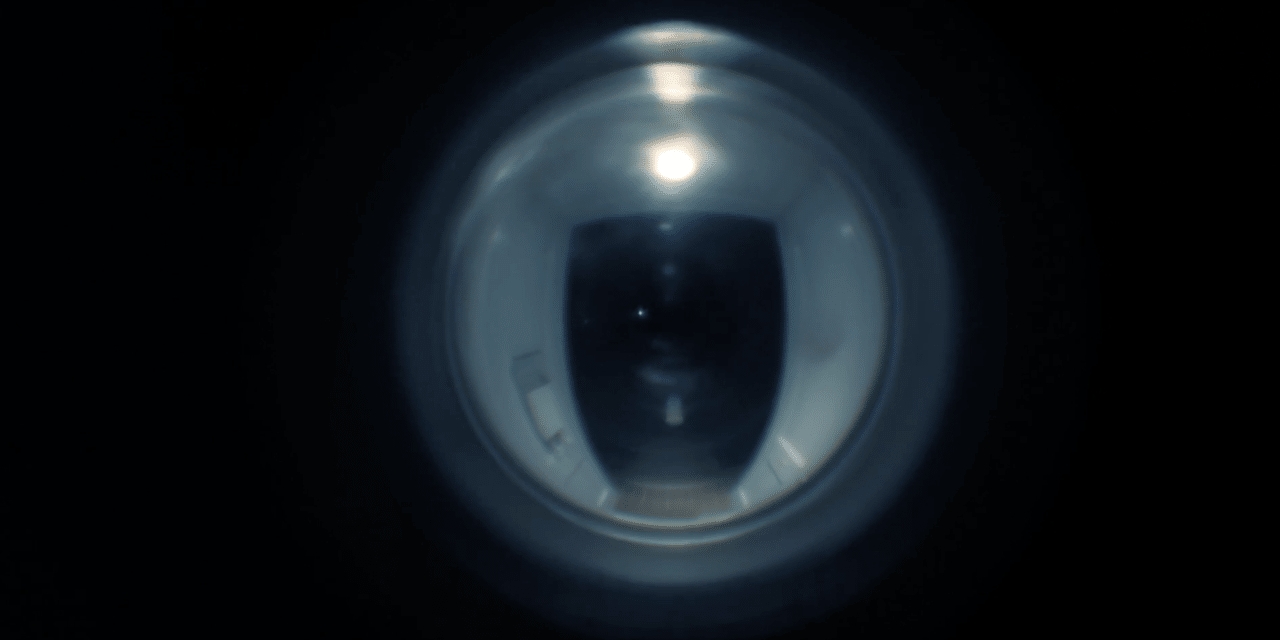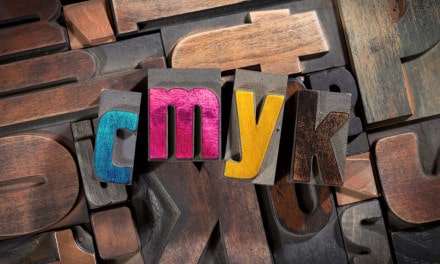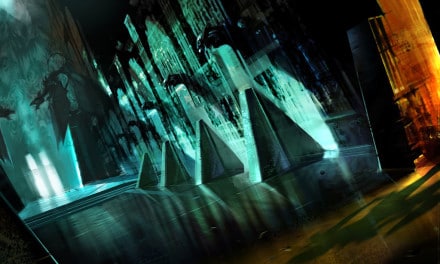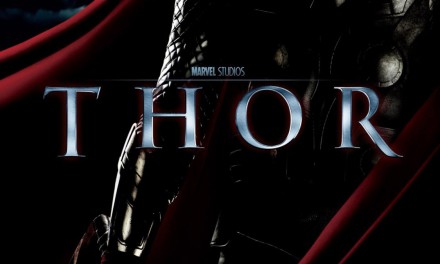I was recently introduced to the Shortland Film Competition, where filmmakers are given the opportunity to put together shorts that are then screened to an audience and judged live, with the winners (top three) qualifying for a championship round.
For the first round, filmmakers are given only 48 hours to put together the entire short—start to finish. The topic of the film, a line of dialogue and a prop are included in the film requirements, so you can’t start until the requirements are announced.
Having always wanted to get into filmmaking—and working around the edges of it as a creative director—I decided to go for it. I put together a short and submitted it to the competition.
I won the second place prize with my first short, Knock Knock. You can check it out here:
Here are a few things I learned:
1) Having a deadline and requirements is a great impetus to put your film together.
I’ve wanted to put together a short film for a long time. I’ve gathered up equipment, read books, looked at youtube videos, practiced, etc., etc…. But never get around to actually putting a film together. Having someone to work with has been the long-running excuse although the reality is that this is yet one more thing I “need to have” before I can actually put a film together. Having a deadline and criteria to match was great in this regard. Even having an iPhone is enough to put a film together. Fortunately, I had a bit more equipment but regardless, it forces you to SHOOT A FILM. Moreover, it puts enough guideposts in place that you aren’t dealing with a completely empty slate. It’s easier to create when you have some guidelines—or certainly it is for me, having been a graphic designer for the last 15 years.
2) Plan around the resources you have.
This brings me to my second point. I wanted to utilize what I had to the greatest effect. The items I used in making the film:
- Nikon D750
- 50mm prime lens
- 24-120mm kit lens
- Tripod
- Light (a cheap one using two bulbs from Target)
Obviously the camera and lenses are expensive, but any DLSR could have done the job providing it has shallow depth of field (generally a larger F-stop, below 2.0).
The set was my living room and I rearranged a few things to try to fill the frame of each shot with interesting items. I knew from the beginning I wanted to use the vinyl player and so that was included into the story.
But I also had to plan the film around what I didn’t have. Namely, a cast or a crew. This required me to be the cast and thus meant doing all the shots using a tripod, where I could set up the camera, hit “record” and then get into frame and do the action of the shot. This also meant a short centered around just one person and consequently the theme of the film—a man at home getting a knock on the door with no one on the other side.
3) Improve as you go.
When I started the short, I had the idea that eventually something would show up outside. Originally, it would be a clone of the main character. This would be interesting and is something I could do without having another cast member. But as I was shooting, I noticed the closet door and thought it would be super creepy if the knock was coming from something already inside the house. This inspired the door locking scene and the final ending. But it also meant I could build more tension with the expectation that something was outside and thus the final shot would be more disturbing.
4) Sound makes a world of difference.
It took me about 4 hours to shoot the film and put together the final edit, which included one composited shot—the ending shot (shot in two parts; the first was me sleeping on the couch and the other was me, behind the couch, opening the door out of frame). The following evening, I spent another 4 hours making tweaks but mostly, adding a lot of the folly sound effects and finding some good music. And these made a world of difference in building tension and putting you into the scene. Much more than I expected.
From the vinyl scratching, to the vodka pouring, the creaking door, the dead bolt locking—all of these were added after the fact and made a huge difference. I was able to find all of these sound effects on freesound.org, which is an AMAZING resource. It’s got virtually every sound effect imaginable and all of them are free to download and use.
There are three pieces of music used in the short, all downloaded for free. The music playing behind the initial voice-over as well as the eerie music playing when the main character is answering the door come from incompetech.com—music created by Kevin MacLeod which he offers free for commercial use with credit. And the Mozart piano piece playing when the vinyl is turned on comes from musopen.org—which is a great resource for royalty-free classical music.
5) Less is more—evening in filmmaking.
I shot about 20 minutes of footage, which was reduced down to the 3 minutes of the short. For the ending, I played around with a lot of ideas, including jump scares, a laugh, ghostly whispering, a demonic voice, showing a scary figure in the opening door. But in the end, what we didn’t see or hear was far more unnerving. I’ve always been for the “less is more” philosophy in design and I think a lot of design aesthetic easily carries over to filmmaking.
There you have it! The 5 things I learned putting together my first short for a film competition. I’ll also note that, in retrospect, I should have shot the film with a different FPS setting. I shot it at 60 FPS as this was the “best” setting on my camera, but in reality, it would have looked better with a 24 FPS. But we live and we learn.
I plan on doing more and will keep you posted!
Post any questions you have in the comments.
